Maine Travel Guide
State in New England and northeasternmost among the contiguous United States, known for its jagged, rocky coastline, low, rolling mountains, heavily forested interior, picturesque waterways, and its seafood cuisine, especially lobster and clams
Maine Map
Places to See in Maine
-1000.jpg)
heipei from Deutschland, CC BY-SA 2.0, via Wikimedia Commons; Image Size Adjusted
Acadia National Park
Located along the mid-section of the Maine coast, the park preserves the natural beauty of the rocky headlands, including the highest mountains along the Atlantic coast
_(48746341596)-1000.jpg)
Dennis Sylvester Hurd, CC0, via Wikimedia Commons; Image Size Adjusted
Bar Harbor, ME
Popular tourist destination in the Down East region of Maine and home to the largest parts of Acadia National Park, including Cadillac Mountain
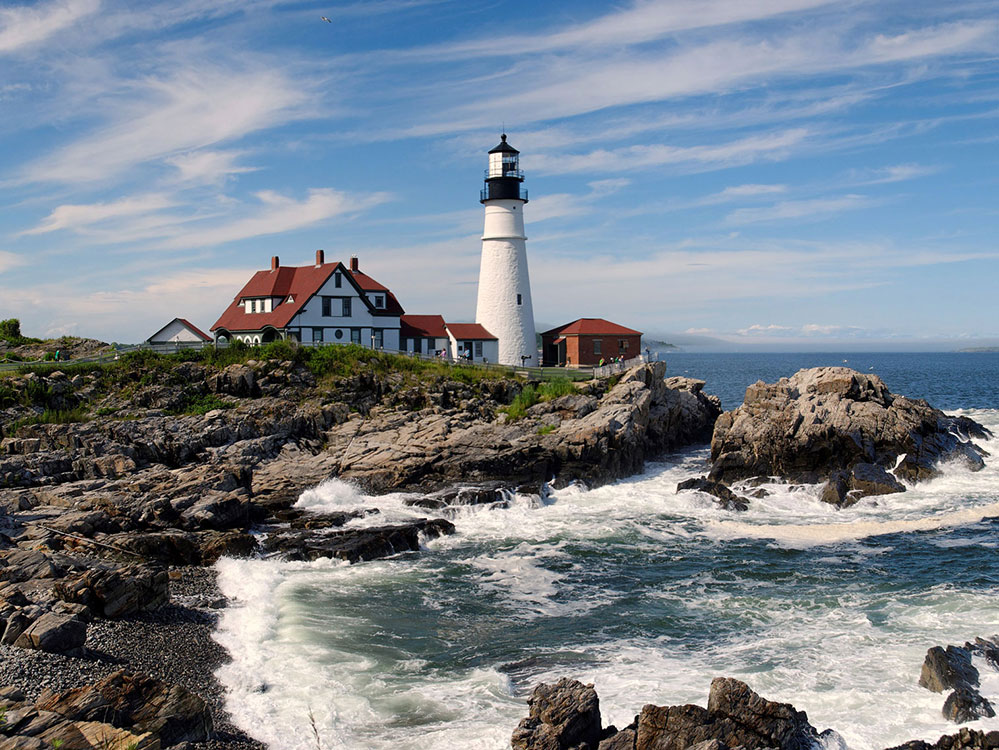
Rapidfire, CC BY-SA 3.0, via Wikimedia Commons; Image Size Adjusted
Cape Elizabeth
Includes Cape Elizabeth Light, Portland Head Light, Crescent Beach State Park, and Two Lights State Park
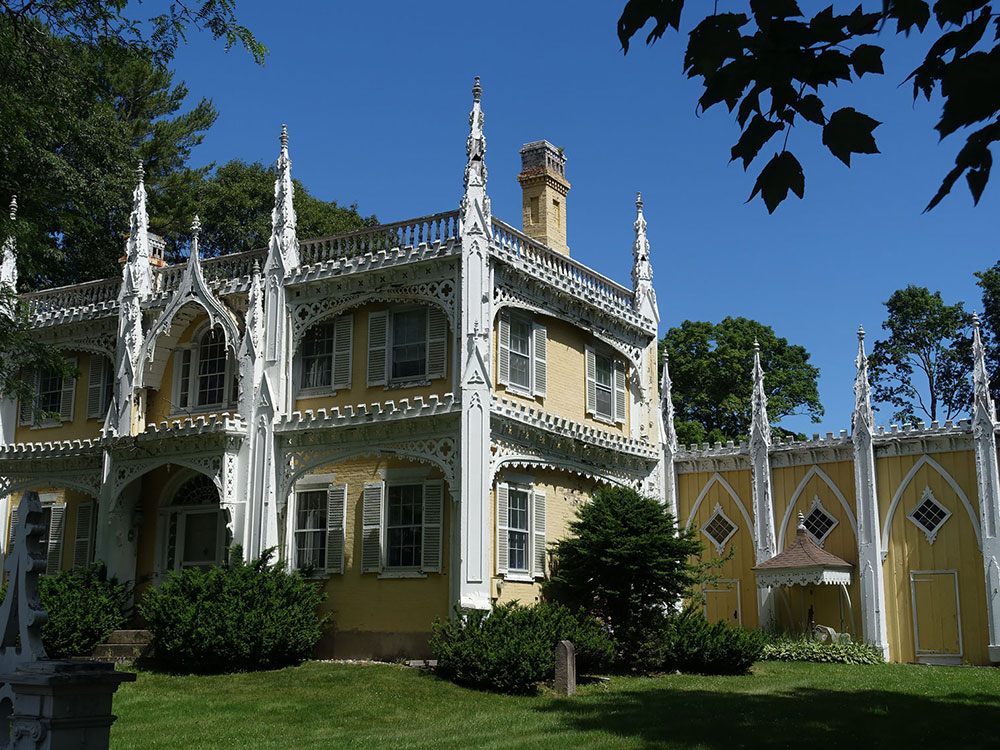
Roller Coaster Philosophy, CC BY 2.0, via Wikimedia Commons; Image Size Adjusted
Kennebunk and Kennebunkport
Towns located along the Kennebunk River, and historically shipbuilding and fishing villages, for well over a century the towns have been a popular summer colony and seaside tourist destination
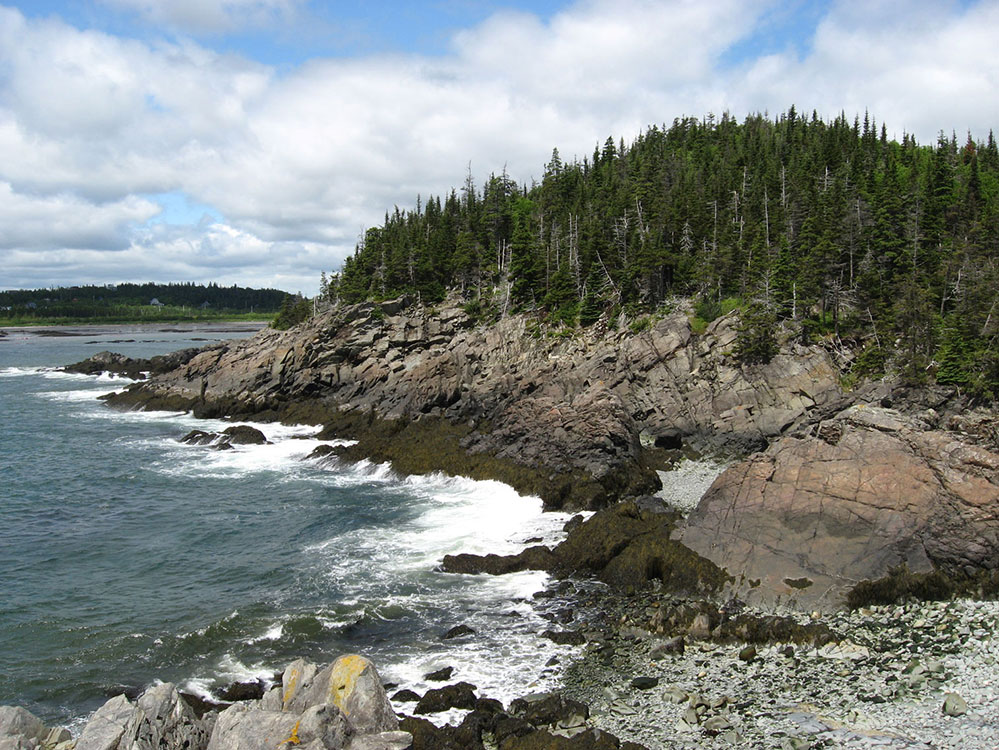
Fredlyfish4, CC BY-SA 4.0, via Wikimedia Commons; Image Size Adjusted
Lubec, ME / Quoddy Head State Park
Easternmost municipality in the contiguous United States and is the closest continental location to Africa in the United States
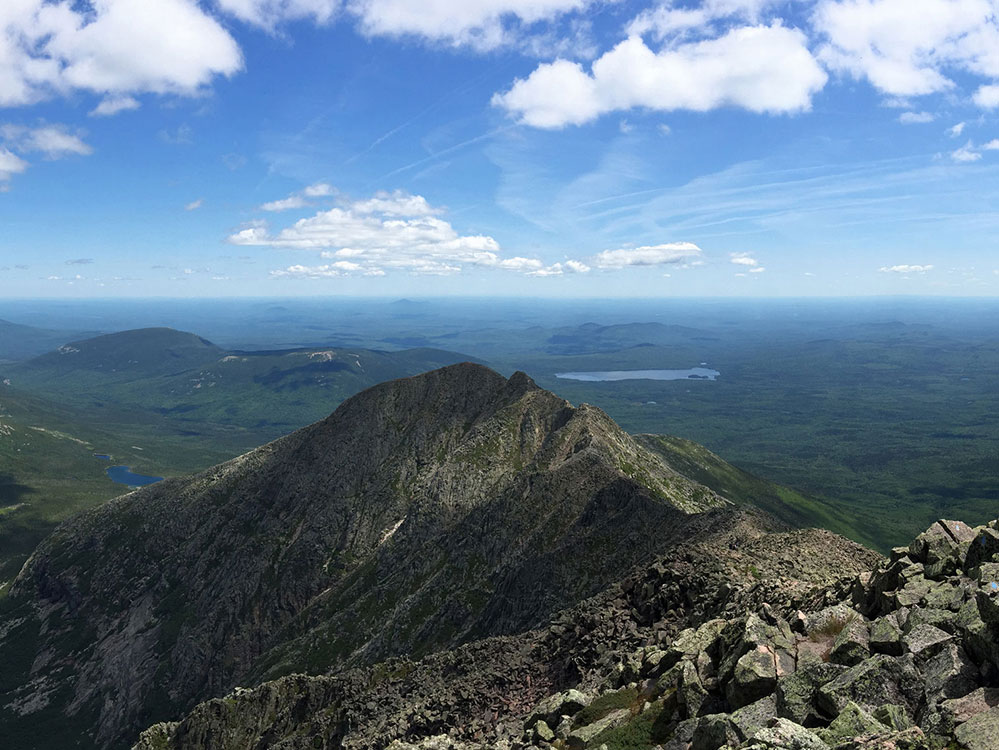
Famartin, CC BY-SA 4.0, via Wikimedia Commons; Image Size Adjusted
Mount Katahdin / Baxter State Park
Highest mountain in Maine at 5,269 feet (1,606 m), is the centerpiece of Baxter State Park, and a steep, tall massif formed from a granite intrusion weathered to the surface

Captain-tucker, CC BY-SA 3.0, via Wikimedia Commons; Image Size Adjusted
Ogunquit, ME
Resort town with a three and a half-mile beach of pale sand and dunes
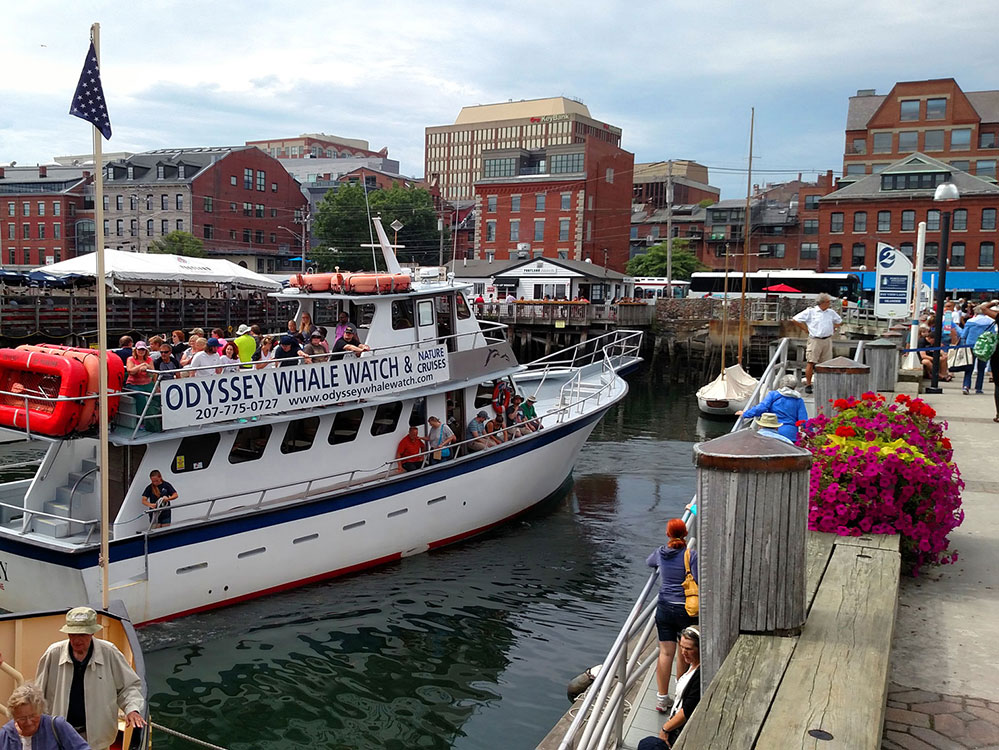
Bd2media, CC BY-SA 4.0, via Wikimedia Commons; Image Size Adjusted
Portland, ME
Most populous city in the state of Maine, known for its 19th-century architecture and nightlife
Maine is a state in the New England region of the United States and is also the northeasternmost among the contiguous United States. Maine is known for its jagged, rocky coastline; low, rolling mountains; heavily forested interior; picturesque waterways; and its seafood cuisine, especially lobster and clams. Its most populous city is Portland, and its capital is Augusta.
Maine was part of Massachusetts until 1820 when it voted to secede from Massachusetts to become a separate state. On March 15, 1820, under the Missouri Compromise, it was admitted to the Union as the 23rd state.
Mount Katahdin is the northern terminus of the Appalachian Trail.
Maine has almost 230 miles (400 km) of ocean coastline (and 3,500 miles (5,600 km) of tidal coastline). Along the famous rock-bound coast of Maine are lighthouses, beaches, fishing villages, and thousands of offshore islands, including the Isles of Shoals which straddle the New Hampshire border. There are jagged rocks and cliffs and many bays and inlets. Inland are lakes, rivers, forests, and mountains.
Acadia National Park is the only national park in New England. Areas under the protection and management of the National Park Service include:
- Acadia National Park near Bar Harbor
- Appalachian National Scenic Trail
- Maine Acadian Culture in St. John Valley
- Roosevelt Campobello International Park on Campobello Island in New Brunswick, Canada, operated by both the U.S. and Canada, just across the Franklin Delano Roosevelt Bridge from Lubec
- Saint Croix Island International Historic Site at Calais
- Katahdin Woods and Waters National Monument
Commercial fishing, once a mainstay of the state's economy, maintains a presence, particularly lobstering and groundfishing. Tourism and outdoor recreation play a major and increasingly important role in Maine's economy. The state is a popular destination for sport hunting (particularly deer, moose and bear), sport fishing, snowmobiling, skiing, boating, camping and hiking, among other activities.
This article uses material from the Wikipedia article "Maine" which is released under the Creative Commons Attribution-Share-Alike License 3.0